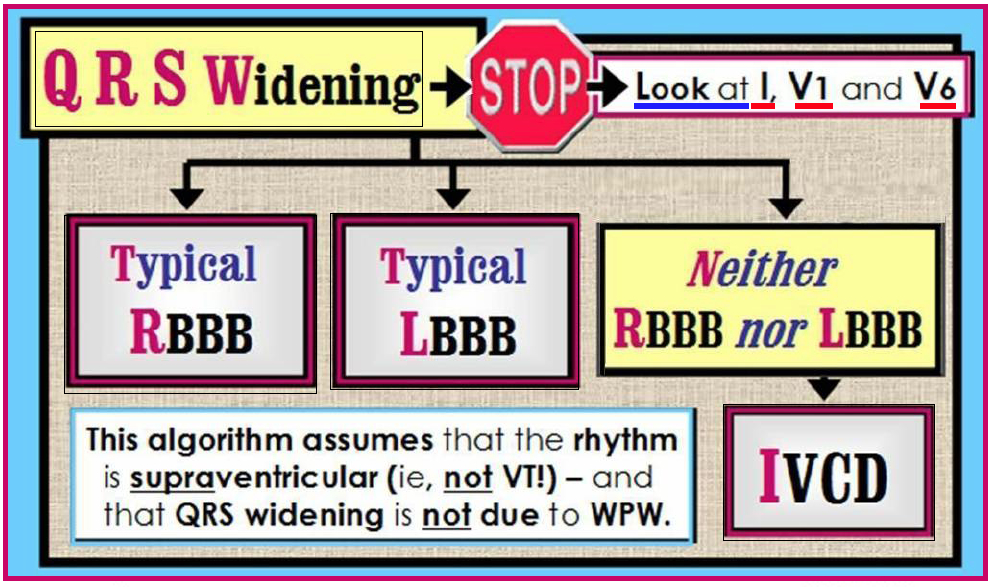

Training record annotations were generated for each model at the designed output resolution. The highest probability was selected as the label for each sequential output. Both architectures ended with a fully connected layer and softmax activation function, which produced classwise probabilities for each sequential output. The input to both DL models was 15,360 samples (60 seconds), which was compressed 5 times, resulting in 480 sequential outputs (every 0.125 second) for BeatNet, and compressed 8 times, resulting in 60 sequential outputs (every 1 second) for RhythmNet. The input size and number of compression layers determine the model output resolution. Compression occurs in the first convolution and at regular intervals throughout the remainder of the network. As raw ECG flows through the network, it is compressed in the time dimension and extended depthwise. Modifications to the architecture included replacing 2-dimensional (2D) convolutions with 1 dimension (1D) and removing the final pooling layer in order to repurpose the 2D image classification design to a 1D sequence-to-sequence classification design. No patient overlap was allowed between the training and gold standard validation datasets.Ī popular image classification architecture. The gold validation dataset included 515, 1- to 4-minute records from 505 patients ( Table 1). Records were excluded from the validation library if a consensus could not be reached. Annotations were individually adjudicated by 3 board-certified electrophysiologists (EPs), and records with <100% agreement were adjudicated in a group forum at which time the annotations were adjusted to align with the group consensus. Comprehensive annotation was performed by a team of CCT-certified ECG technicians having experience ranging from 9–30 years. From the candidate pool, approximately 20 examples of each rhythm were randomly selected from records in which the partial annotations were confirmed by a senior ECG technician. The candidate pool contained 120 examples of 25 rhythms that were partially annotated by CCT-certified ECG technicians during normal processing through the Preventice ECG monitoring platform. Beat and rhythm contents for the training dataset are detailed in the Supplemental Material ( Supplemental Tables 1, 2, and 3).ĮCG for the gold standard validation dataset (aka gold validation) was selected from a candidate pool of 3000 pseudo-randomly selected deidentified BodyGuardian Heart recordings. The final training dataset consisted of 782.44 hours of ECG from 11,008 unique patients ( Table 1). These technicians received specialized training to ensure that annotations were sufficiently detailed and consistent. Annotations were made in accordance with standard practice by a dedicated team of Certified Cardiographic Technician (CCT)-certified ECG technicians having experience ranging from 9–30 years. Training data were captured as 20,932 individual records with duration between 15 seconds and 4 minutes. Targeted arrhythmias included junctional rhythms, heart blocks, and intraventricular conduction delay with occasional ventricular ectopic beats (VEBs). Targeted mining ensured sufficient representation of artifact and arrhythmias by selecting ECGs in which normal processing through the Preventice ECG monitoring platform identified the targeted arrhythmia. Wide QRS complexes are seen throughout the EKG.Deidentified ECG recordings from the single-channel Preventice BodyGuardian® Heart (Preventice Solutions, Rochester, MN) ambulatory patch-style monitor were mined from the Preventice ECG monitoring platform using a combination of random selection and targeted mining. Shown below is an EKG with an RsR' pattern (M pattern) in leads III, aVL, aVF, and notching of the QRS complex in V5 depicting a left bundle branch block. These changes can be fixed and present at all heart rates, or they can be transient aberration either tachycardia or bradycardia dependent.

and intraventricular conduction delays (IVCDs) affects the morphology or duration, or both, of the QRS complex. Associate Editor(s)-in-Chief: Mugilan Poongkunran M.B.B.S OverviewĪ narrow QRS complex requires highly synchronous electrical activation of the ventricular myocardium through the rapidly conducting His-Purkinje system (HPS). Risk calculators and risk factors for Intraventricular conduction delay EKG examplesĮditor-In-Chief: C. To Hospitals Treating Intraventricular conduction delay EKG examples Intraventricular conduction delay EKG examples in the newsīlogs on Intraventricular conduction delay EKG examples Intraventricular conduction delay EKG examples On the WebįDA on Intraventricular conduction delay EKG examplesĬDC onIntraventricular conduction delay EKG examples Natural History, Complications and Prognosis Intraventricular conduction delay Microchaptersĭifferentiating Intraventricular conduction delay from other Disorders


 0 kommentar(er)
0 kommentar(er)
